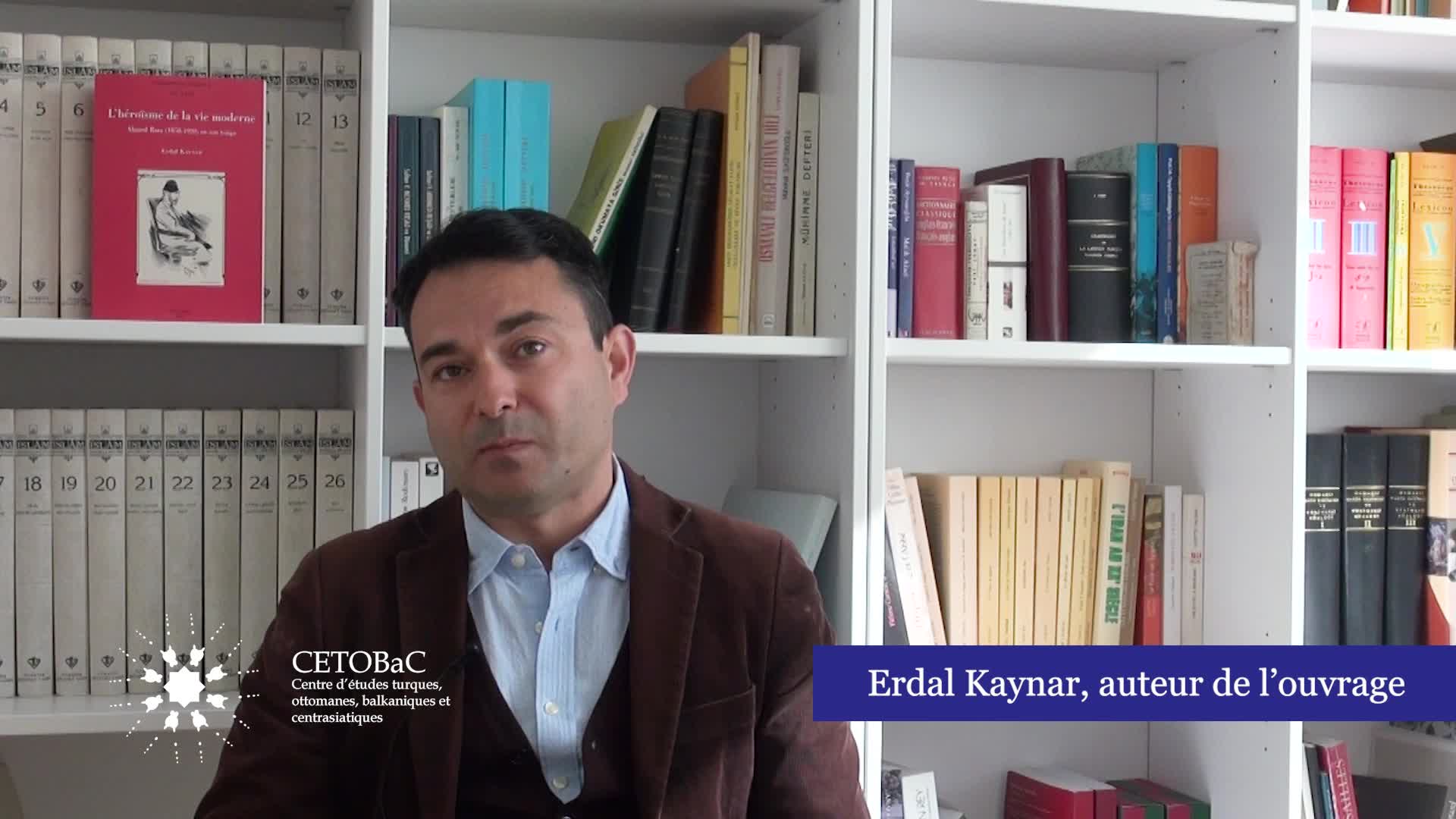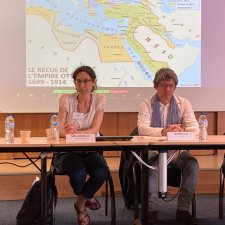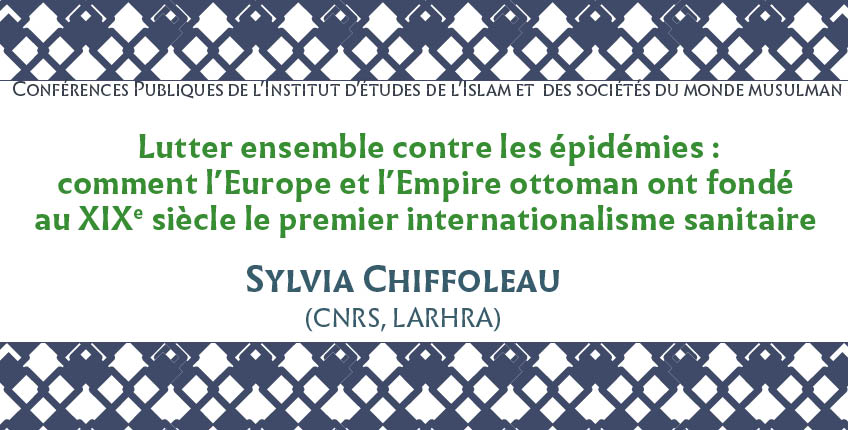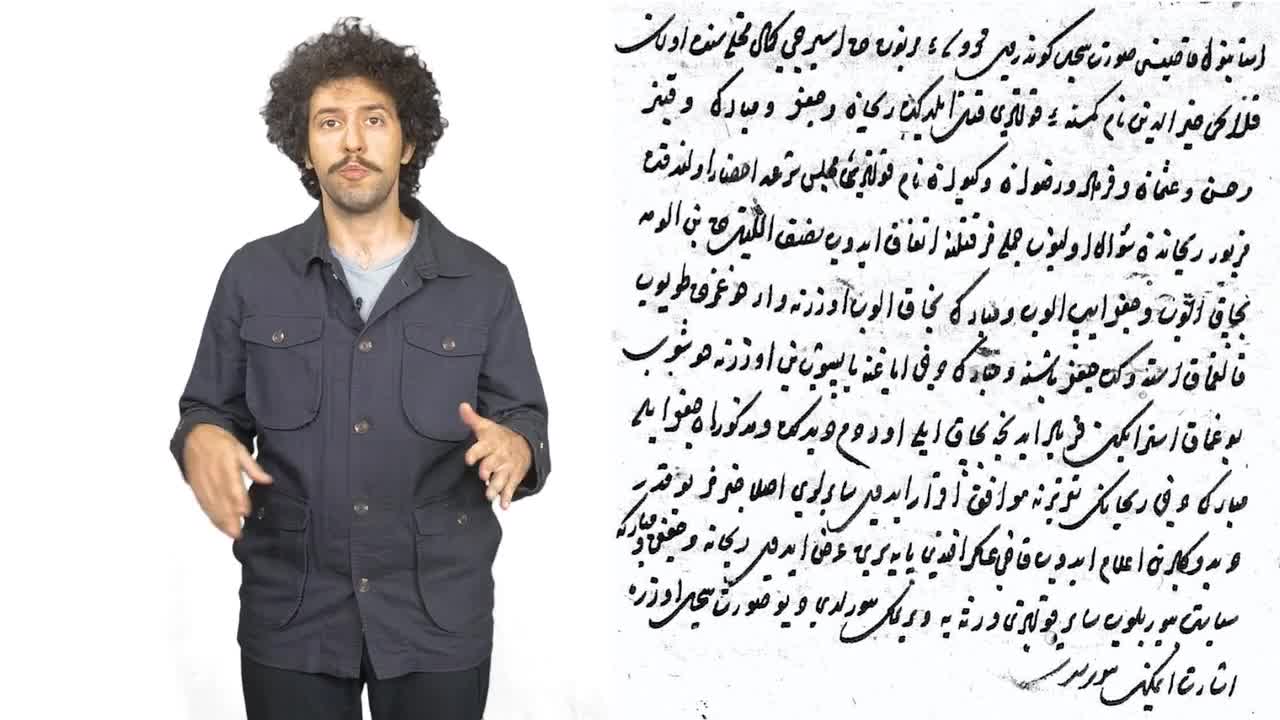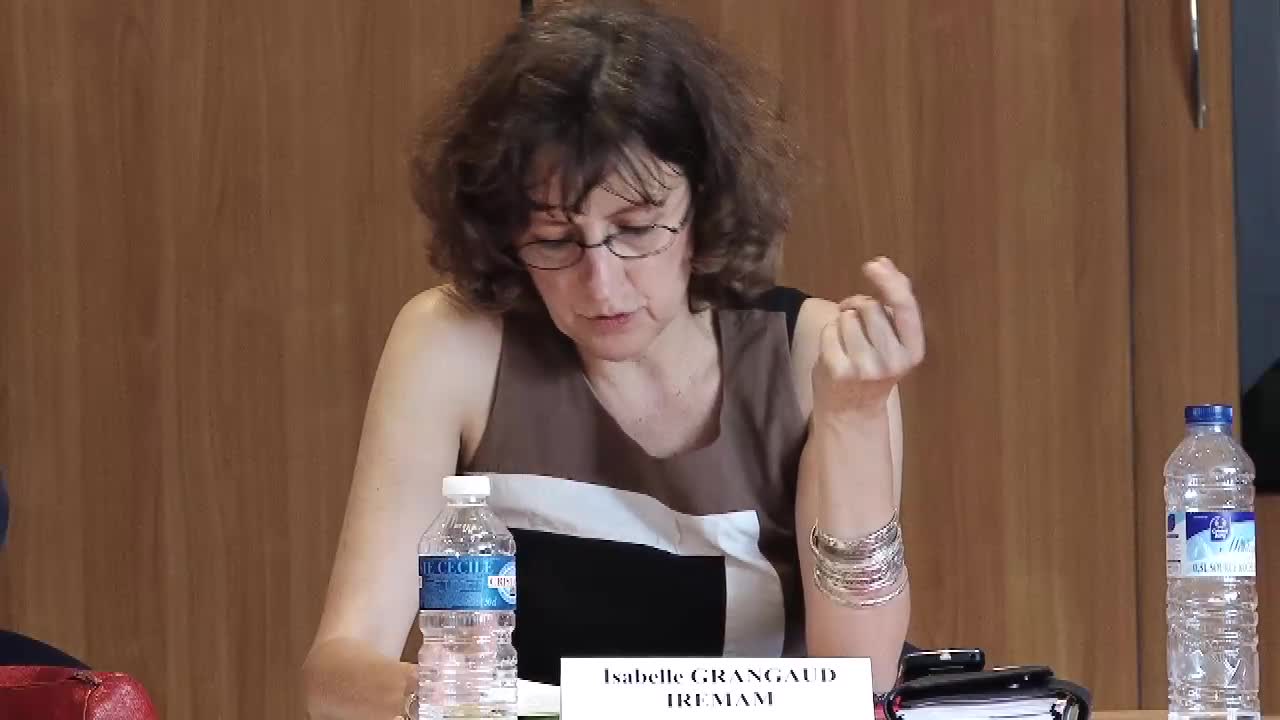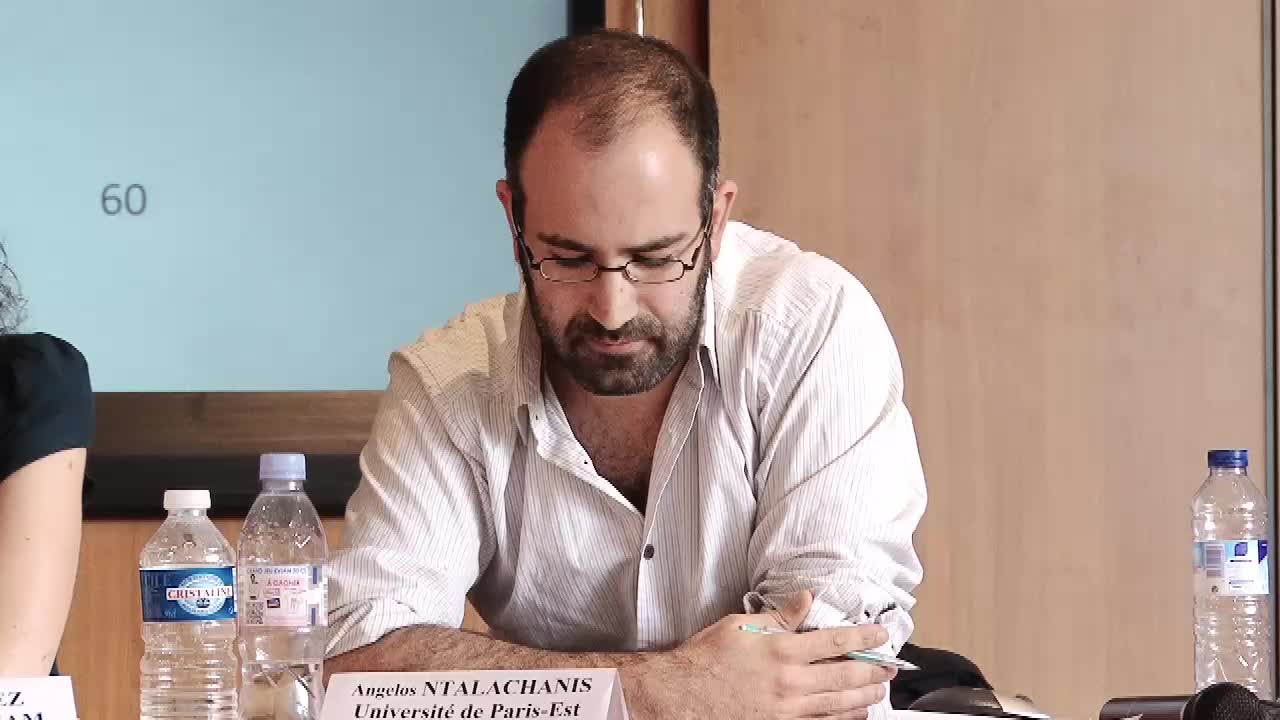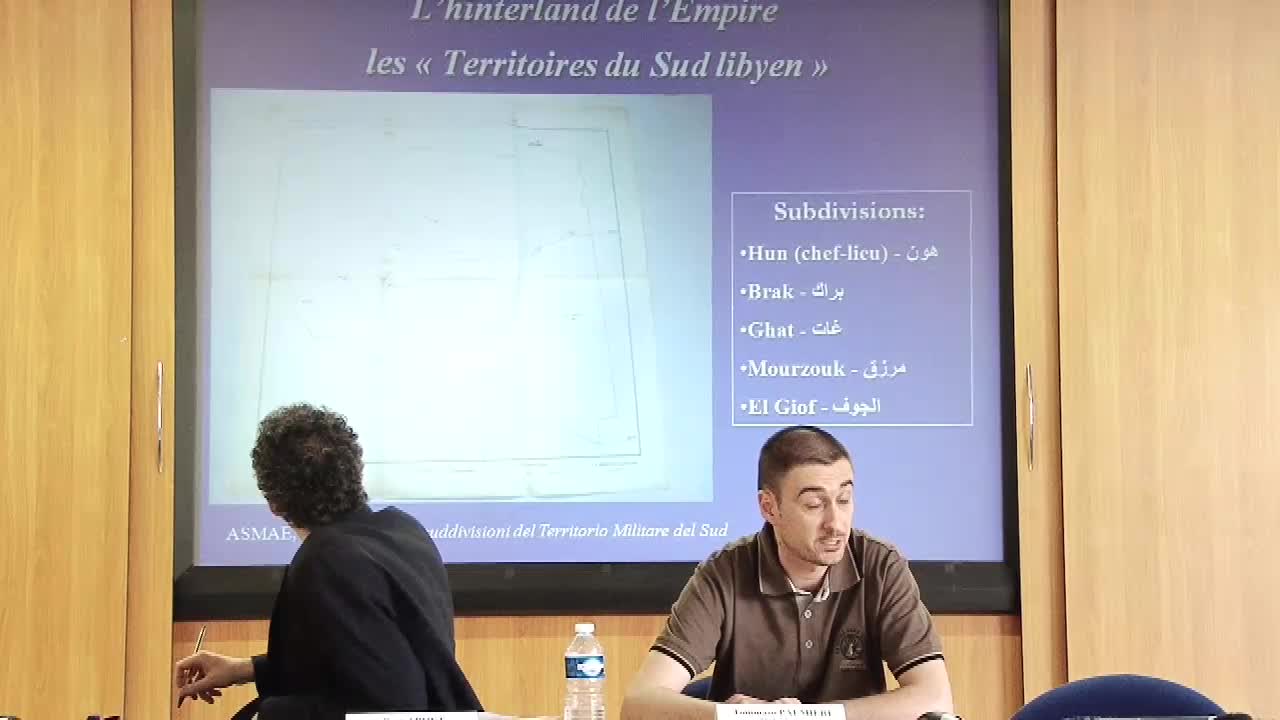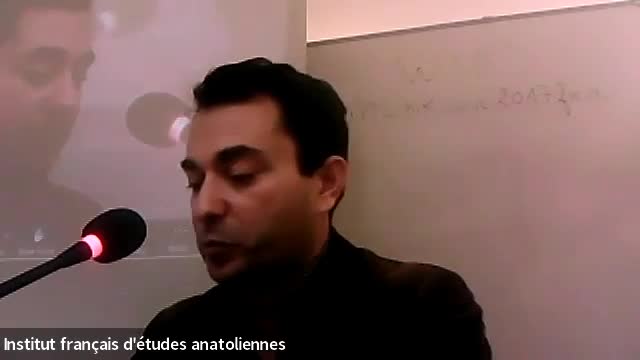Notice
İmparatorluk Demiryolları'nda Tren Kazaları 1858-1908
- document 1 document 2 document 3
- niveau 1 niveau 2 niveau 3
Descriptif
Dans le cadre du séminaire « Sciences et savoirs dans l'Empire ottoman »
19.yüzyılın ikinci yarısından itibaren İmparatorluk sınırları içerisinde inşa edilmeye başlanan demiryolları ve çevresinde asayiş ve sükunet sağlamak amacıyla, 11 Haziran 1867’de Demiryolu usûl-ü zabıtasına dair nizamname kabul edilmiş ve hukuki ve askeri araçlarla bu alanda düzen ve kontrol sağlanmaya çalışılmıştır. Ancak demiryolu inşası sonrası oluşan yeni çevrede Osmanlıların raylar üzerinde yürümek gibi pratikleri, milliyetçiliğin yükselmesiyle değişen siyasi konjoktürde İmparatorluk yönetiminin simgelerinden biri olan trenler ve raylara yapılan saldırılar, insan ve teknolojik etmenli kazalar, hayvanların alana girişleri ve hava koşulları gibi seyrüseferi engelleyen etmenlerle öngörülenin aksine kontrol edilmesi kolay olmayan bir çevre ortaya çıkmıştır. Bu kapsamda bu sunum, bir mekân olarak demiryolu ve çevresine odaklanarak, Osmanlı İmparatorluğu’nda ekonomik gelişme, bürokratik kontrol ve siyasi bütünlüğün teminatlarından biri olarak görülen demiryollarının kontrol ve korunmasında ortaya çıkan sorunlardan biri olan ve trenlerin raylar üzerindeki güvenli seyahatlerini engelleyen kazaları ele alacaktır.
Intervention / Responsable scientifique
Dans la même collection
-
Osmanlı eczacılığının gelişme sürecinde ilaç hazırlanışı ve şatış kontrolü
Journée d'études : Les thérapeutiques dans l'Empire ottoman le mercredi 3 juin, de 9h15 à 17h15, à l'IFEA organisé par l'IFEA (Musa Çimen) avec les interventions de: Nuran Yıldırım (Prof.
-
Les drogues végétales en Anatolie
MatAfifeJournée d'études : Les thérapeutiques dans l'Empire ottoman le mercredi 3 juin, de 9h15 à 17h15, à l'IFEA organisé par l'IFEA (Musa Çimen) avec les interventions de: Nuran Yıldırım (Prof. à
-
Remèdes et guérisons populaires décrits dans l'ouvrage de Mustafa Behçet Efendi
ÇimenMusaJournée d'études : les thérapeutiques dans l'Empire ottoman
-
İnsan Onuru, İktidar ve Siyaset: Osmanlı İmparatorluğu’nda Ceza Hukuku Reformu ve İşkence Yasağı
Kalkanİbrahim Halildans le cadre du séminaire "Sciences et savoirs dans l'Empire ottoman" On dokuzuncu yüzyılın ortalarında, Osmanlı ceza hukukunda, bir cezalandırma pratiği ve yasal kanıt üretme yöntemi olarak
-
Osmanlı İmparatorluğu'nda Tıpta Moderleşme
UlmanYeşim IşılDans le cadre du séminaire « Sciences et savoirs dans l'Empire ottoman » Le XIXe siècle a constitué une période de réforme pour la société ottomane dans son ensemble ; les efforts déterminés dans le
-
Mūmyā: Osmanlı Tıbbında Gündelik Bir İlacın İzini Sürmek
YerlioğluAkif ErcihanDans le cadre du séminaire « Sciences et savoirs dans l'Empire ottoman » Yüzyıllar boyunca Avrupalı hekimler, antik Mısır mumyalarının bedenlerinden alınan bölümlerin, yani mumyalamak için üzerine
-
Fatma Öncel - Osmanlı'da toprak ve malumat: Teselya 1780-1880
ÖncelFatmaOsmanlı kırsalı hakkında devletin bilgi toplama teknikleri, 18. yüzyılın sonundan 19. yüzyılın sonuna kadar ciddi bir dönüşüm geçirmiştir. Günümüz tarihçiliğinin odak noktasında olan Tanzimat sonrası
-
The Novel from Commodity to Technology: Producing and Consuming Prose Fiction in the Late Ottoman E…
CharrièreEtienne E.When we discuss the development of a culture of the novel in the late Ottoman Empire, it appears crucial to emphasize that the emergence of this particular genre in the largest urban centers of
-
İstanbul'da Bikes ve Bimesken Kadınlar için bir Hastane: Haseki Nisa HastanesiA place in Istanbul f…
GürselZeynep DevrimHaseki Hospital is one of the fundamentals of Ottoman health institutions with its past of more than 450 years. In the early part of the nineteenth century this hospital will be treated in the
-
Ameli Elektrik Dergisi: Dersaadet Elektrik ve Tramway Şirketleri Tarafından Neşrolunan Bir Mecmua
İleriNurçinİstanbul’un elektriğini büyük ölçüde sağlaması beklenen Silahtarağa Elektrik Fabrikası uzun süren savaş döneminden sonra 1920’lerde elektrik üretimini arttırmış ve elektrik İstanbul tramwayları
Sur le même thème
-
Les relations entre la République de Venise et l’Empire ottoman (1453/1517)
GuénaPaulineLa République de Venise et l’Empire ottoman ont entretenu des relations privilégiées entre le XVe et le XVIe siècles, dans des domaines très divers, le commerce, la diplomatie, la gestion des
-
Les femmes dans l'Empire ottoman
DumasJulietteDans la société de cour de l’Empire ottoman les femmes qui font partie de l’élite jouent un rôle important. Du fait de la proximité du pouvoir et de leurs positions hiérarchiques, elles exercent une
-
Interview avec Erdal Kaynar
KaynarErdalErdal Kaynar est spécialiste de l’Empire ottoman et maître de conférences en histoire contemporaine à la Faculté des Sciences Historiques de l’Université de Strasbourg.
-
Odessa-Istanbul-Jaffa. Trajectoires et paradoxes de l'immigration juive en Palestine ottomane (1881…
Seri-HerschIrisCommunication dans le cadre de la table-ronde : Détroits et passages « Dedans / Dehors » « GlobalMed – La Méditerranée et le monde de la Préhistoire à nos jours. Approches interdisciplinaires et
-
Le commerce des esclaves dans l’Empire ottoman ( XVe-XVIIe siècles)
ÖzkorayHayri GökşinDepuis la plus haute Antiquité, l’esclavage fait partie intégrante du fonctionnement des sociétés ; les esclaves se définissent comme des gens d’ailleurs, étrangers, qui sont la propriété d’un maître,
-
« Lutter ensemble contre les épidémies : comment l’Europe et l’Empire ottoman ont fondé au XIXe siè…
ChiffoleauSylviaSylvia Chiffoleau, « Lutter ensemble contre les épidémies : comment l’Europe et l’Empire ottoman ont fondé au XIXe siècle le premier internationalisme sanitaire », mardi 6 avril 2021.
-
L'esclavage en Méditerranée ottomane
ÖzkorayHayri GökşinL’État ottoman est une puissance politique qui émerge au XIVe en Anatolie occidentale pour devenir un empire méditerranéen au XVe siècle, notamment aux dépens de Byzance, Venise, des Mamelouks, et de
-
La conquête du bayt al-mal : les transformations d’une institution ottomane à Alger entre 1830-1860
GrangaudIsabellePanel 3 : Transmissions impériales : le cas des successions Dire et écrire le pouvoir impérial en Méditerranée, XIXe-XXe siècles Journée d’études organisée le 8 juin 2012 de 9h à 18h, MMSH -
-
Du multilinguisme « cosmopolite » à l’option arabe : stratégies linguistiques et redéfinition de l…
ΝταλαχάνηςΆγγελοςPanel 2 : Éducation et enseignement, entre savoirs locaux et logiques impériales Dire et écrire le pouvoir impérial en Méditerranée, XIXe-XXe siècles Journée d’études organisée le 8 juin 2012 de
-
Gouverner au jugé : une expérience du « condominium » provincial ottoman
AymesMarcPanel 1 : Mots d’ordre et ordre des mots : à la recherche d’une grammaire impériale Dire et écrire le pouvoir impérial en Méditerranée, XIXe-XXe siècles Journée d’études organisée le 8 juin 2012
-
Les « territoires militaires » du Fezzan libyen : un exemple de langage colonial « successif »
PalmieriTommasoSéance 1 : Mots d’ordre et ordre des mots : à la recherche d’une grammaire impériale Dire et écrire le pouvoir impérial en Méditerranée, XIXe-XXe siècles Journée d’études organisée le 8 juin 2012
-
La nation contre le sultan. Sur les origines intellectuelles de la révolution constitutionnelle ott…
KaynarErdalErdal Kaynar, Université de Strasbourg Séance modérée par Denis Hermann (IFEA)














